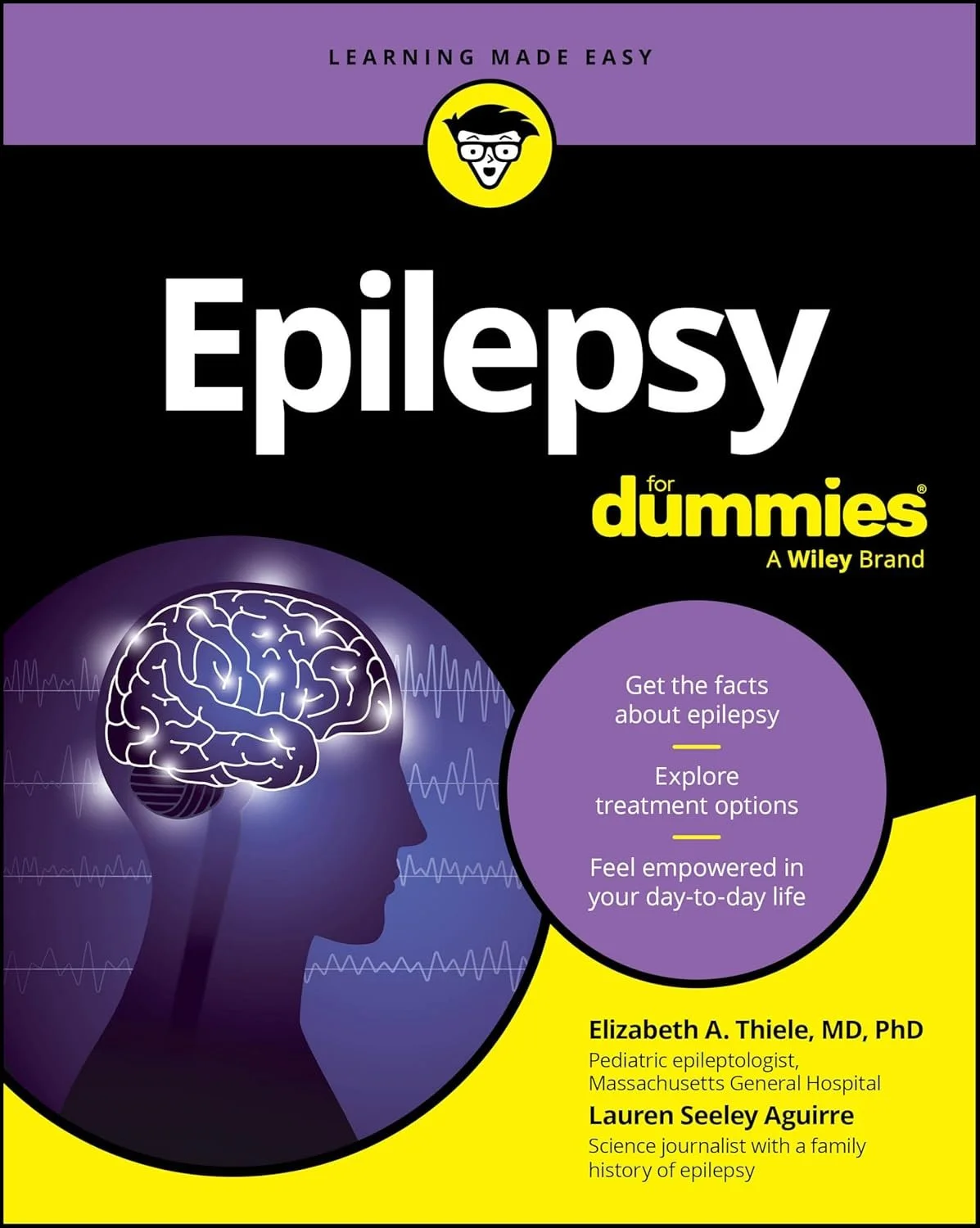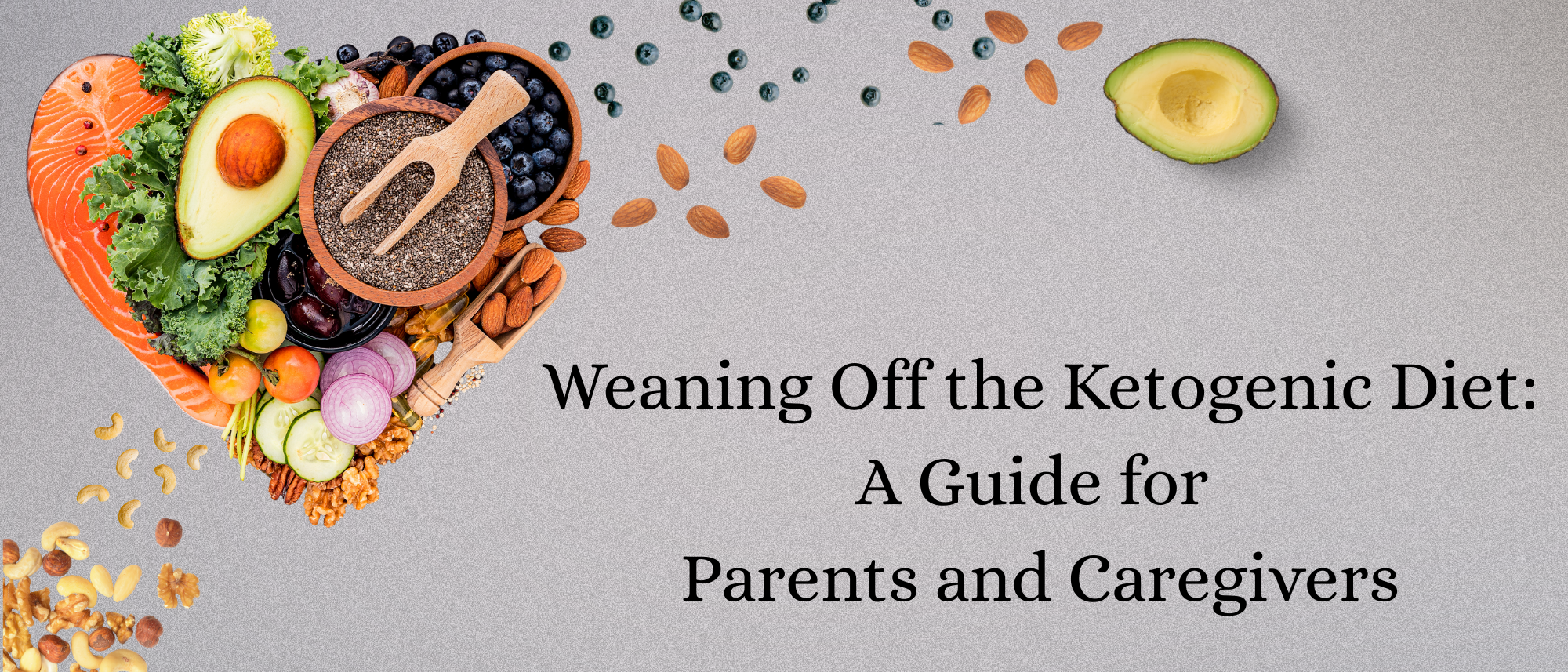Dairy Free Keto...Is that even a thing?
/3/1/20
By Daisy Argudin
My keto kid is allergic to dairy and eggs so we have had to learn to make adjustments to his diet since he was small. It has made keto a bit more challenging for us but also something that made me want to try keto for his epilepsy over 2 years ago. I was used to reading every label and checking ingredients. We rarely ate out as I don’t think a chief in a restaurant can be trusted with so many restrictions. Unlike most keto families we can't pack some cheese for a snack. We can't use cream as our fat with meals. We can't add butter to everything to meet macros. Try and go through your daily food list and see how much of it is dairy. Thankfully in the last 3 years we have begun to see more and more dairy alternatives but often they are high in carbs or taste awful. The last year has brought more keto dairy free options as keto has become a popular way of life.
So how do we do it? Often I'll look for vegan keto recipes and get ideas that I can add protein into and stay within our macros. If I find something I'd like to try that has dairy then we have to find alternatives. I search many sites for new products and I'll ask my local grocery store to carry them or order some for us to try.
So what has worked for us? Dairy free cheese that is keto friendly and good is unfortunately a dream. A cheese stick of a popular brand is 4 net carbs while the shreds are 6 net carbs per ¼ cup, not worth it for us.
Butter seems to be an easy find that tastes great and we like the brands Smart Balance or Earth Balance. The macros are slightly different from dairy based butter. Dairy free butter has 9g of fat while butter has 11g. If you can find Earth Grown Coconut Spread, we find it at Aldi's, it has no carbs and 11g of fat. The flavor has a hint of coconut and is less salty than butter but very good.
Yogurt? We like Kite Hill and Silk. Both are almond based. Silk is very similar to yogurt in texture and taste. Kite Hill is slightly less thick than the silk and a bit more tart, we also use it in place of sour cream. I can add avocado or mct oil to either and it mixes in well without changing the texture or flavor.
Coconut cream, not canned coconut milk, is close to heavy cream consistency but will add a coconut flavor to whatever you are making. Silk makes a heavy whipping cream that is very close in macros and taste to heavy whipping cream. If you want to make your own, you can blend 1 part vegetable oil with 2 parts milk alternative in a blender and it will work for most recipes.
Dairy free milks. We use different ones for different meals. If I want higher protein for say a shake, I like the unsweetened Bolthouse pea protein milk with 1 net carb and 10g protein. For less protein the Ripple unsweetened pea milk with 0.5 net carbs and 8g protein. Silk almond milk has 0.5 net carbs and 1g protein so it fits as a drink with meals. All of these work well to blend in fats as needed to meet macros.
Some families are choosing to reduce their dairy intake over concerns that it is inflammatory to the body and specifically concerns that inflammatory changes in the brain can lower seizure thresholds. Some just want new meal options or are obligated to go dairy free, like us, because of allergies. Whatever your reason for trying dairy free, talk with your team and see if some of these options work for your family.
All the brands discussed in this article are ones we personally use, my opinions are my own and I am not compensated for using or endorsing them.

























